Brand Persona, Entrepreneur Persona and what Carl Jung has to do with all these concepts
In any marketing class, you’ll quickly run into the concept of brand persona. You learn that it’s all about giving a brand human-like traits—an identity, a tone of voice, a set of values—to make it more relatable and appealing to its target audience.
Sounds simple enough, right? But today, something is shifting. The persona isn’t just a crafted voice behind a logo anymore. Instead, brands are increasingly becoming direct extensions of the people who create them.
We’re no longer just constructing a brand as if it were a person. We’re constructing the brand through a person. The lines between personal identity and brand identity have blurred so much that, in the age of social media, an entrepreneur’s own life becomes their most valuable marketing asset.
Take Kim Kardashian launching SKIMS. You don’t need to want to look like Kim to trust her vision for shapewear. Deep down, even if you don’t fully buy into her aesthetic, you’re intrigued by her confidence. And if a bodysuit promises to help you channel even a fraction of that, well—you’re in.
Emma Chamberlain built a personal brand around a raw, cozy, and relatable energy. I used to watch her morning vlogs religiously, absorbing the ritual of her coffee-making. Fast forward, and she launches Chamberlain Coffee. I have yet to try it, but the craving to is already there. The brand makes sense because it feels like a natural continuation of her.
Or let’s be honest: Who doesn’t want to look just a little bit like Hailey Bieber? And if a $30 lip balm from Rhode gets you closer to that look, you’re adding it to your cart.
From Fame to Founder—But What If You’re Not Famous?
These are all examples of celebrities leveraging their existing persona to create a brand. But what if you’re building from scratch? How do you align yourself with your brand so seamlessly that your audience doesn’t just buy from you—they believe in you?
For that, let’s rewind a bit. Long before marketing gurus were throwing around “brand persona” as a buzzword, Carl Jung was already laying the groundwork for this idea.
Jung, The Persona, and the Social Mask We All Wear
Carl Jung described the persona as the mask we present to the world—the curated version of ourselves that helps us navigate society. It’s a compromise between who we are internally and what external circumstances demand from us.
“The persona is that which in reality one is not, but which oneself as well as others think one is.”
— Carl Jung, Two Essays on Analytical Psychology
Jung wasn’t talking about Instagram aesthetics or startup branding, but he was identifying a fundamental truth: we all construct a version of ourselves for public consumption. And today, with social media, this process isn’t just inevitable—it’s a business model.
Entrepreneurs are no longer just selling products; they are selling themselves. Trust in a brand is now deeply intertwined with trust in its creator. If the brand persona doesn’t align with the personal persona, consumers feel it.
Parasocial Relationships: When Your Customers Feel Like They Know You
This idea of deep, one-sided trust in public figures was first studied in 1956 by Donald Horton and Richard Wohl. Their concept of parasocial relationships explains how audiences form emotional bonds with media figures—even if they’ve never met them.
Some key takeaways in today’s world:
Illusion of Intimacy – People feel like they personally know a public figure.
Emotional Investment – Fans experience real admiration, attachment, or even betrayal if a figure acts inconsistently.
Media Amplification – The more frequently someone appears in media, the stronger this bond becomes.
Social Media’s Role – Platforms like Instagram and TikTok make these interactions feel even more personal, intensifying trust and loyalty.
In business, these relationships shape the way customers interact with brands. Entrepreneurs who integrate their persona into their business can create an audience that isn’t just buying a product—they’re emotionally invested in the person behind it.
This is where personal branding shifts from being a strategy to becoming a necessity.
So, How Do You Build This as an Entrepreneur?
Famous founders aside, many entrepreneurs start from scratch and still manage to integrate themselves seamlessly into their brand. Let’s look at two successful Brazilian entrepreneurs case studies that master this concept.
Nati Vozza
Nati Vozza is a Brazilian fashion entrepreneur and influencer born in São Paulo, Brazil. She founded her fashion blog in 2009 and, a year later, launched her online store, ByNV, which has since been rebranded as NV. As of now, she has approximately 1 million followers on Instagram, where she shares fashion, beauty, travel, and health content.
She’s not just the founder of NV; she is NV. Her Instagram doesn’t just showcase her collections—it lives them. Every outfit, every post, every moment reinforces her brand’s aesthetic: polished, feminine, timeless. NV isn’t a logo; it’s an extension of her wardrobe.
We talk about “wearing the brand’s T-shirt” as a metaphor for commitment, but in Nati’s case, it’s literal. The way she dresses, the way she styles herself, the way she curates her online presence—it’s all NV. And that’s exactly why it works.
She doesn’t need to “sell” the brand in a traditional sense. Her life is the marketing. When she shares a mirror selfie in NV pieces, it doesn’t feel like an ad—it feels like a friend recommending an outfit. That’s the power of parasocial relationships—when followers don’t just admire a public figure but trust them as if they know them personally.
Nati Vozza doesn’t just have a brand persona; she is the persona.
Estile by BV
Estilé by BV is a Brazilian fashion brand renowned for its distinctive acrylic handbags, which have gained significant popularity on platforms like TikTok. The brand offers a diverse range of products, including sunglasses, accessories, and home décor items, all crafted with high-quality materials. Their product lineup features various styles of bags, such as mini bags, handbags, crossbody bags, and shoulder bags, catering to different fashion preferences.
The Brazilian fashion brand has carved out its identity through bold, iconic designs that have found a cult following on TikTok and beyond. With a product lineup that spans from mini bags to crossbody essentials, Estilé offers more than accessories; it offers a personality.
And that’s precisely what makes it work—because at its core, Estilé is its founders.
Beatriz Carvalho and Victoria Beukers didn’t just create Estilé; they embody it. Their personal styles, though distinct, are woven into the brand’s DNA, giving it a multidimensional appeal. Instead of presenting a singular brand persona, they’ve mastered the art of duality—showing how Estilé can be both cutting-edge and intellectually refined, both playful and effortlessly cool.
Bia is the fashion-forward heartbeat of Estilé. She’s always ahead of the curve, experimenting with the next big trend before the rest of Instagram catches up. She makes every outfit look effortlessly iconic, reinforcing Estilé’s status as a brand for those who lead rather than follow.
Beyond fashion, she curates a lifestyle that mirrors Estilé’s essence—cultural immersion, trend-spotting, and an unapologetic embrace of statement pieces. If Estilé bags are about making an impact, Bia lives that philosophy daily.
Victoria plays a different but equally strategic role. Her brand identity is built on depth—she doesn’t just wear the brand; she contextualizes it. Through her content, she offers a lens on the world that is inherently Estilé—a mix of visual storytelling, intellectual curiosity, and a knack for spotting beauty in the everyday.
Her Instagram dumps aren’t just aesthetically pleasing; they have perspective. Her podcast, book, and article recommendations set her apart as someone who values innovation and thought leadership, positioning Estilé as more than just a fashion brand—it’s a cultural statement.
What makes Estilé by BV work is that it doesn’t feel like a detached brand with anonymous founders. Bia and Victoria don’t just promote Estilé; they live it. Their personal brands complement each other, making Estilé appealing to a broader audience—whether you’re the trendsetter looking to make a bold statement (Bia’s world) or someone drawn to fashion as part of a broader cultural conversation (Victoria’s world).
Whether you’re a solo entrepreneur, a startup founder, or an influencer-turned-businesswoman, the era of detached branding is over. Today, customers don’t just buy products; they buy into people.
So, the real question isn’t whether you should align your persona with your brand—it’s how much of yourself you’re willing to give away in the process.
Because once your brand is you, the line between personal and professional doesn’t just blur. It disappears.
And in the hyper-connected, hyper-visible world we live in, that might be the most powerful (and terrifying) brand strategy of all.


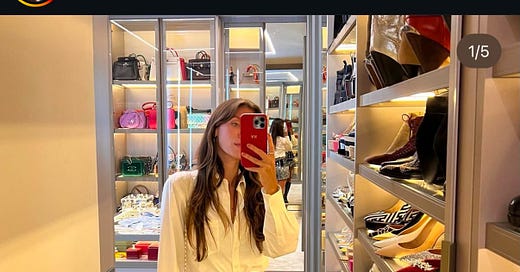



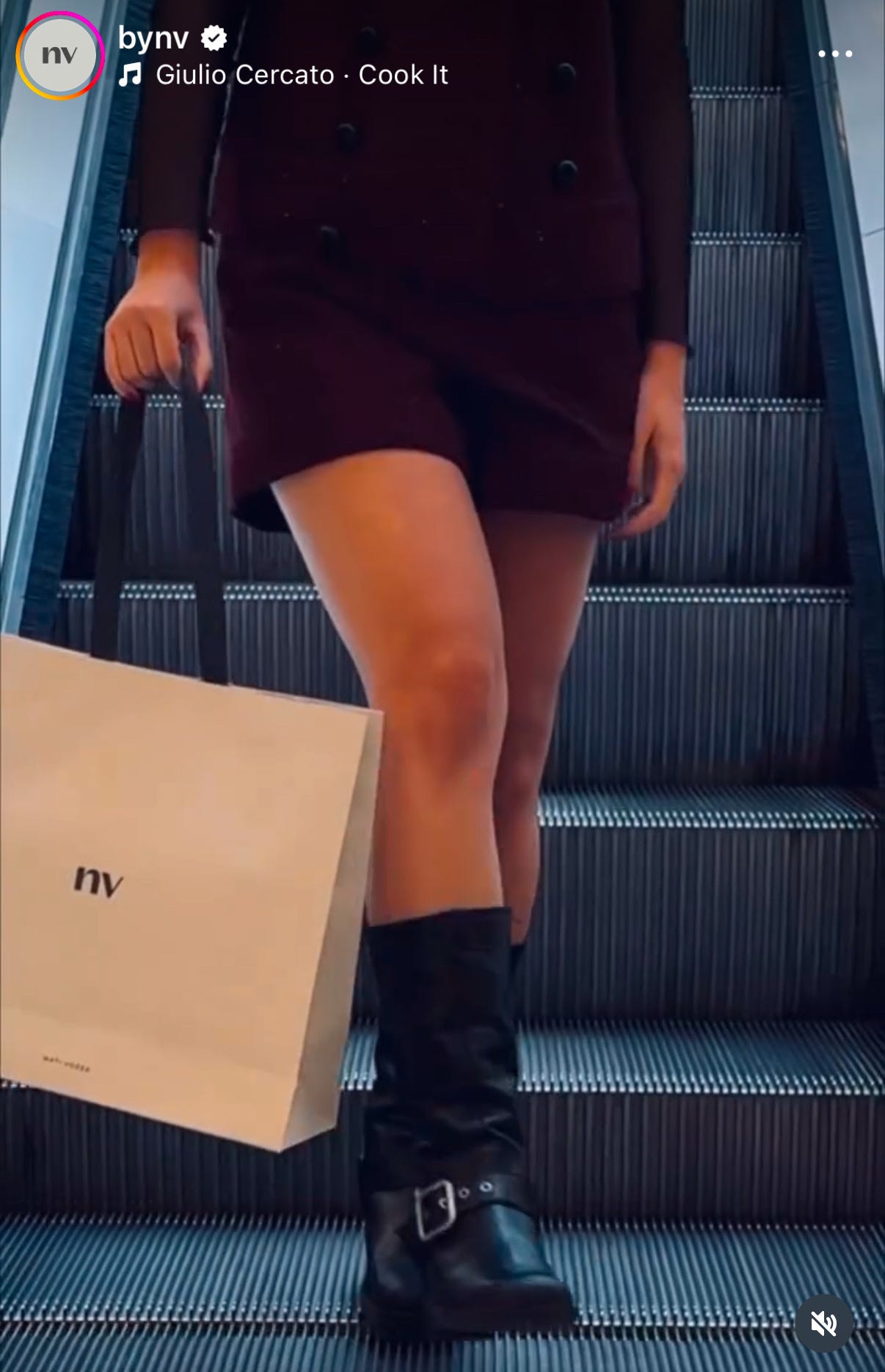
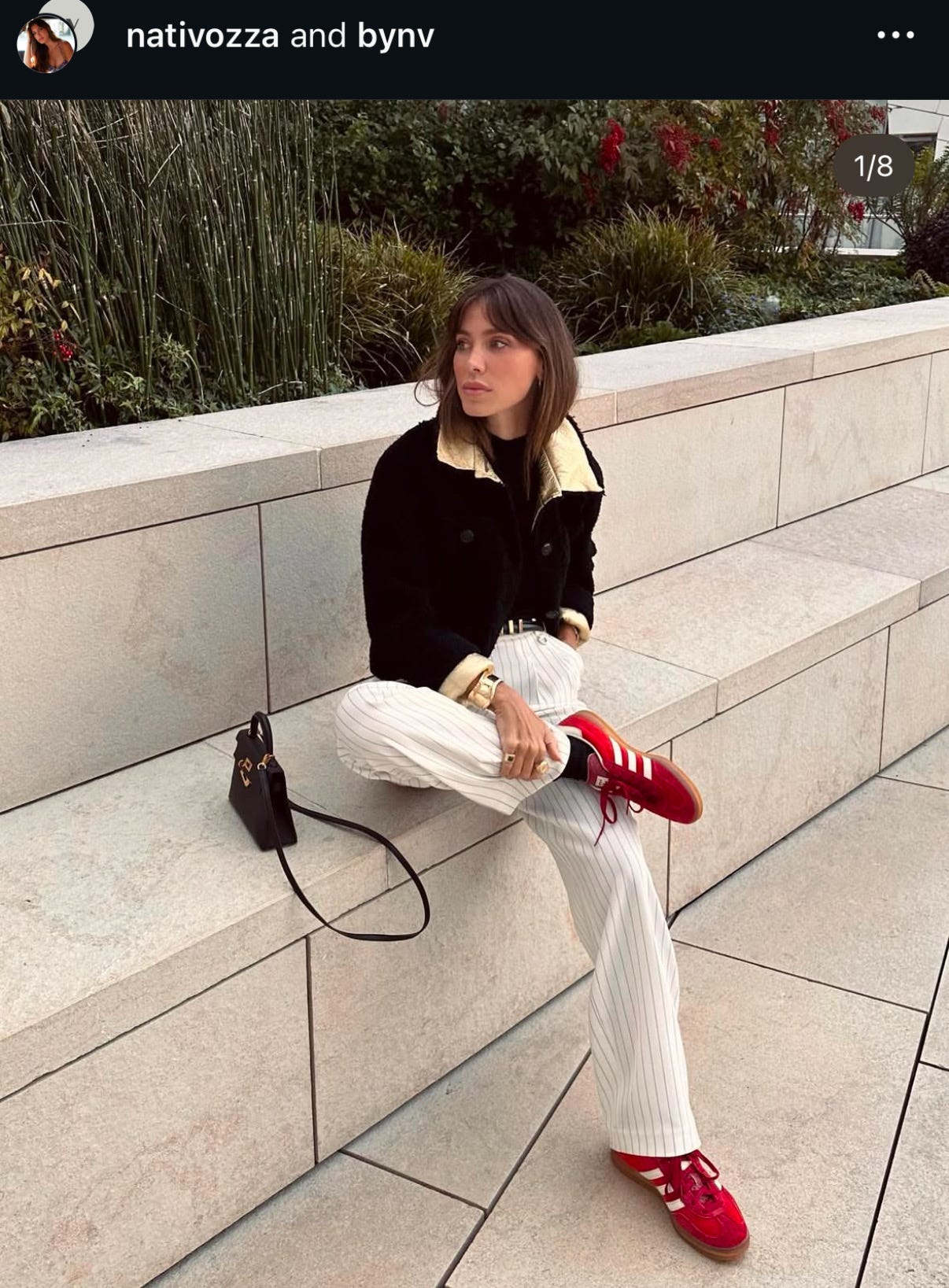

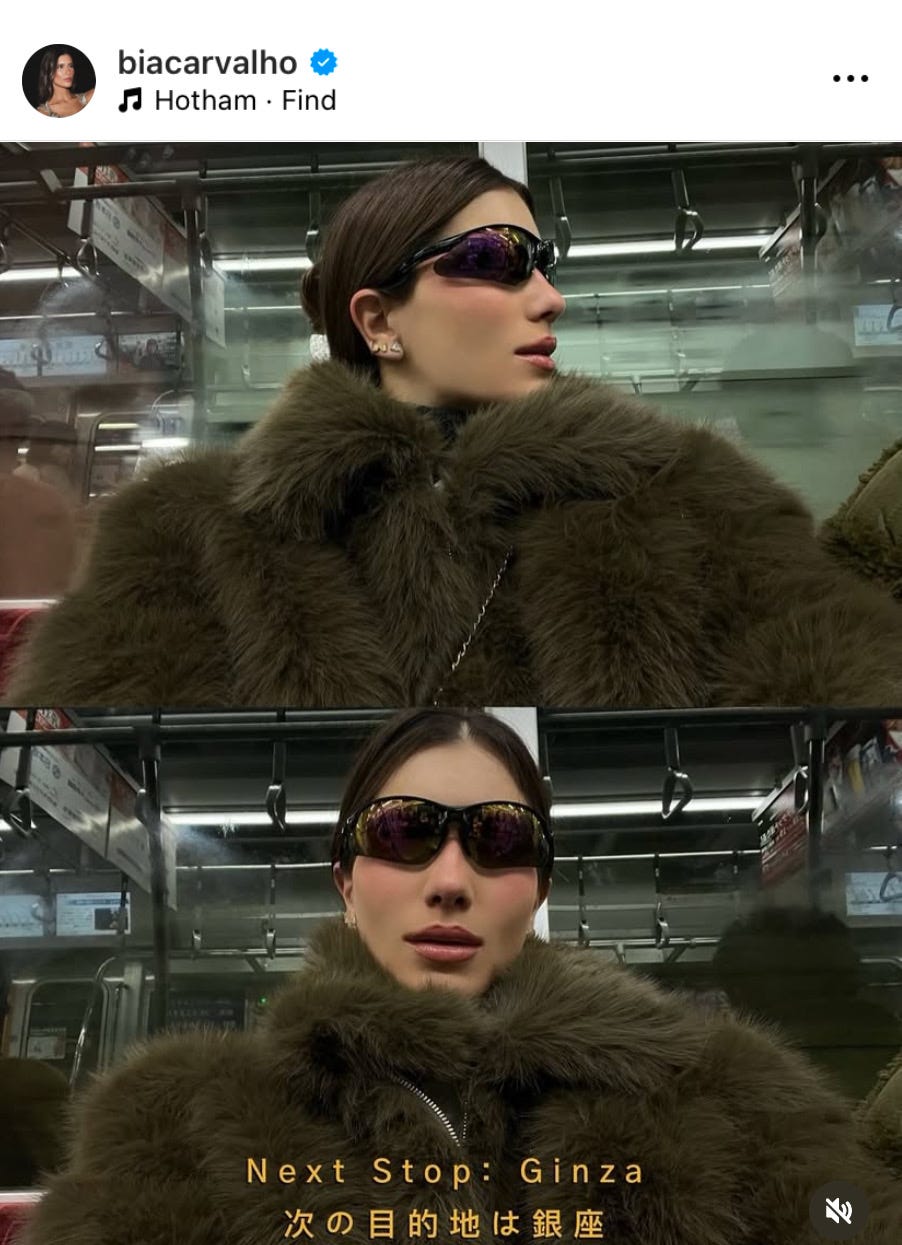


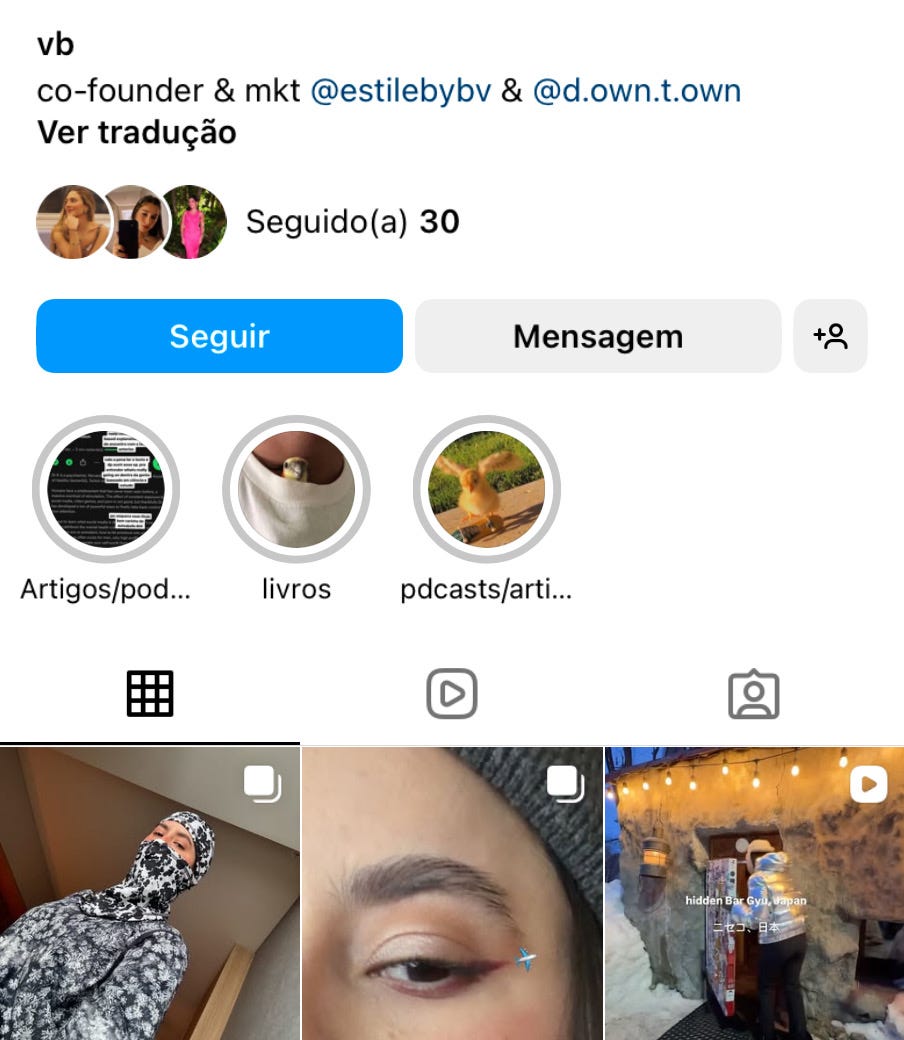

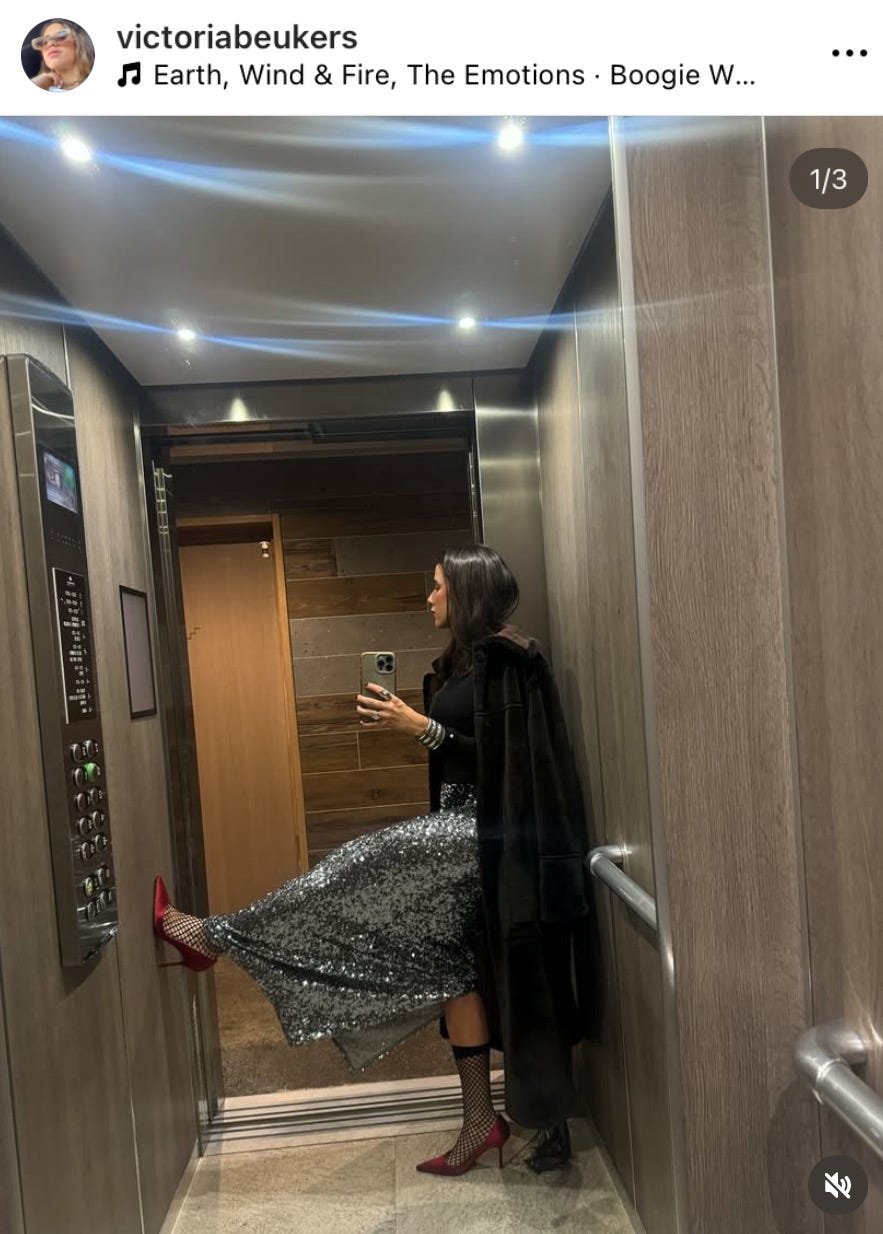
So good